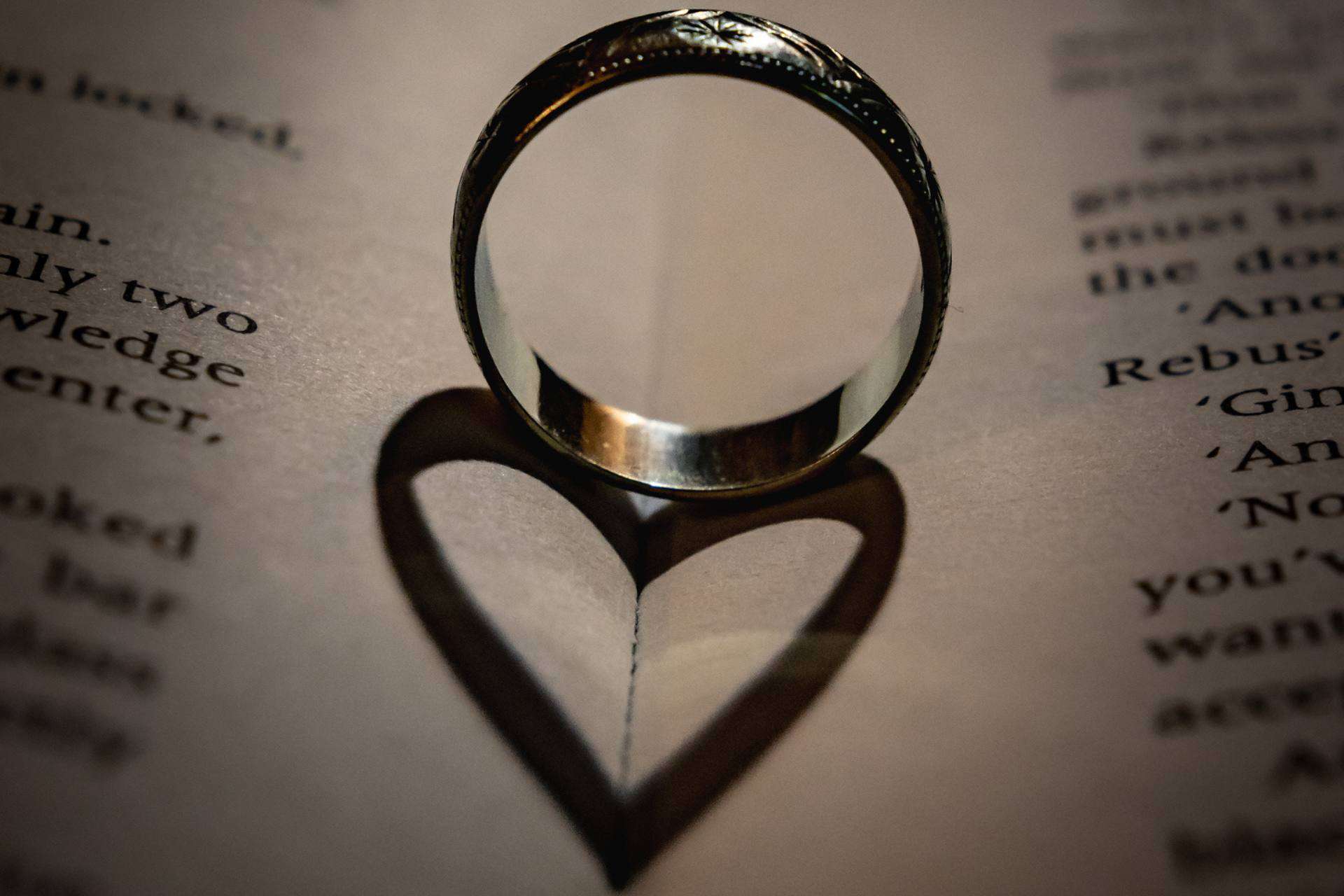
Relationship / Marriage Preparation
My passion for educating couples early in their committed relationships was initially driven by personal experience. When I married at 22, my husband and I
This month I’m writing about the chronically angry couple. These couples often wait too long to go to therapy or may have tried therapy with a therapist who did not provide enough structure for them. At the beginning, these couples need structure and they need for the therapist to be especially clear about the direction of their work.
Chronically angry couples have several traits in common:
1. Frequent, rapid escalation of hostility (either overtly or passive-aggressively)
2. High demand for intimacy without the developmental capacity to support the demand
3. Minimal self responsibility paired with an avoidance of vulnerability
4. Extreme difficulty seeing the impact they have on each other
5. Repetitive triggering of threat or trauma in one another without having either the skills or the developmental capacity to repair the trauma
6. Avoidance/lack of knowledge about how to repair relationship ruptures
7. Ongoing search for symbiotic solutions to problems
8. Exhibiting passive behavior, hoping minimal emotional effort is sufficient to get what they desire from each other
An especially sad element in these couples’ lives is that one partner often feels controlled by the other when a request for legitimate help is made. I recently sat with a couple in which the wife asked her husband to help pack lunches for their four-year old and six-year old kids in the morning when they were all scrambling to get out the door to two schools and two different jobs.
His caustic reply was, “You just want to control my mornings. You don’t want me to be able to exercise. You don’t care about my health.” He was biking 8-10 miles each morning.
Or in reverse, a husband requested ten minutes of downtime when he came in the door after work. His wife angrily insisted that he not only wanted to control the daytime hours, but also the nighttime ones just to frustrate her.
You’re probably familiar with the 80/20 rule. We typically wear 20% of our clothes 80% of the time. 20% of a sales force will make 80% of the sales. Loving couples know how to do the 20% in day to day living that makes all the difference. By contrast, the angry couples withhold that 20% from each other, resulting in bitterness, despair and hopelessness.
For years Pete and I have devoted ourselves to finding better and better ways to interrupt these painful, negative cycles. I thought I’d review a few of these and then tell you about an upcoming teleseminar. We will teach how to create more self-reflection and begin therapy in a more effective way with these challenging couples.
We give each partner a diagram with 3 concentric circles.
1. In the middle circle, the client answers the question, “When you are triggered or at your worst, what do you do that is ineffective or antagonizes your partner?” Typical responses are blame, withdrawal, rage, get sarcastic, withhold love.
2. In the outer circle the client answers the question, “When you are at your best or higher self, what do you want to do that is effective?” Typical answers to this question are slow down, breathe, ask questions, not assume I have done something wrong, really listen to my partner without personalizing, apologize.
3. In the most interior circle, the client answers the question, “What vulnerable feelings are you most likely to hide when things get tense in your relationship?” Typical responses are fear, hurt, pain and insecurity.
Giving clients this visual diagram to take home provides a grounding anchor and a reference point for them to remember under stress.
With the most entrenched angry couples, I will mix some individual sessions with each partner into the couples therapy. The purpose is to create an opportunity to explore partner B’s vulnerability to partner A in a way that makes sense and can be understood compassionately.
Imagine a narcissistic wife whose husband's passive behavior results in him withholding his real feelings. As he starts to open up and share more emotionally with her, she experiences his feelings as petty and becomes very dismissive. Her angry sarcasm seems unrelenting. This is a good time for an individual session with her. I met with her and said, “We will spend part of this session in which I will listen to your frustration with him. Then I would like you to listen to me as I describe to you a different way to understand your husband and his expression of emotion.”
During “my turn” I explained to her that her husband had spent years distancing from her, and withholding any expression of intimate or authentic feeling. I suggested that indeed the hurt he was currently expressing was actually an expression of his recognizing his desire to feel closer and have more intimacy. The individual session gives time for some expression of her defensive anger, time to calm her and finally time to present a different image of the new risks the spouse is taking. These kinds of sessions are particularly helpful with narcissistically-oriented individuals who have difficulty with compassion or empathy. By doing these individual sessions, the therapist is helping to create a boundary against unnecessary sarcasm and attack being delivered.
Because Pete and I believe so strongly in the necessity of creating structure with these couples, we are continually trying to find new ways to structure sessions that help partners take accountability for the impact they have on each other and bring their most effective selves to the forefront more quickly.
We have been working on a new format to getting started with these couples. This unusually rapid process is designed to:
1. Stop the finger pointing and identify each person’s individual contribution to the negative cycles.
2. Develop more motivation and acceptance of responsibility for change in each partner.
3. Identify some core intrapsychic blocks.
4. Clarify the systemic patterns of their negative interactions.
This process can be done with minimal effort on your part and in one session. You can use it with current or new couples.
The outcome is that the blaming and withdrawing decreases and you develop a strong collaborative working alliance with your couples. They feel more secure within the structure and comforted by the belief that you understand them and can help them climb out of the pain they have created. And finally, you will be able to work more quickly with the individual vulnerabilities that drive their disruptive, distancing behavior. For an audio recording and transcript of the teleseminar in which we taught this process, click Self-Reflection.
"*" indicates required fields
 We respect your privacy.
We respect your privacy.
"*" indicates required fields
 We respect your privacy.
We respect your privacy.
My passion for educating couples early in their committed relationships was initially driven by personal experience. When I married at 22, my husband and I

When therapists ask me which tool has had the biggest impact on couples around the world, the answer is always the same: the Initiator–Inquirer (I-I)

I think every couples therapist or coach knows that moment when… You ask your couple what they want to accomplish and you see their eyes
I am drawn to your exercise here, and think it has great value. I need some clarity as to whther or not you have the couple share their responses with each other?
Yes, responses are shared in a session with a skilled therapist.
Really good info; thanks for sharing! I’m curious about one small piece and that’s the concentric circles. Is there a reason for that other than making the handout look more interesting than just a bunch of text?
Alex-Thanks for asking. We put the vulnerability in the center, because it is those feelings that get hidden or protected by the ineffective behaviors that are in the second circle.
Effective behaviors are outside because they can replace the ineffective ones. Hope that helps.